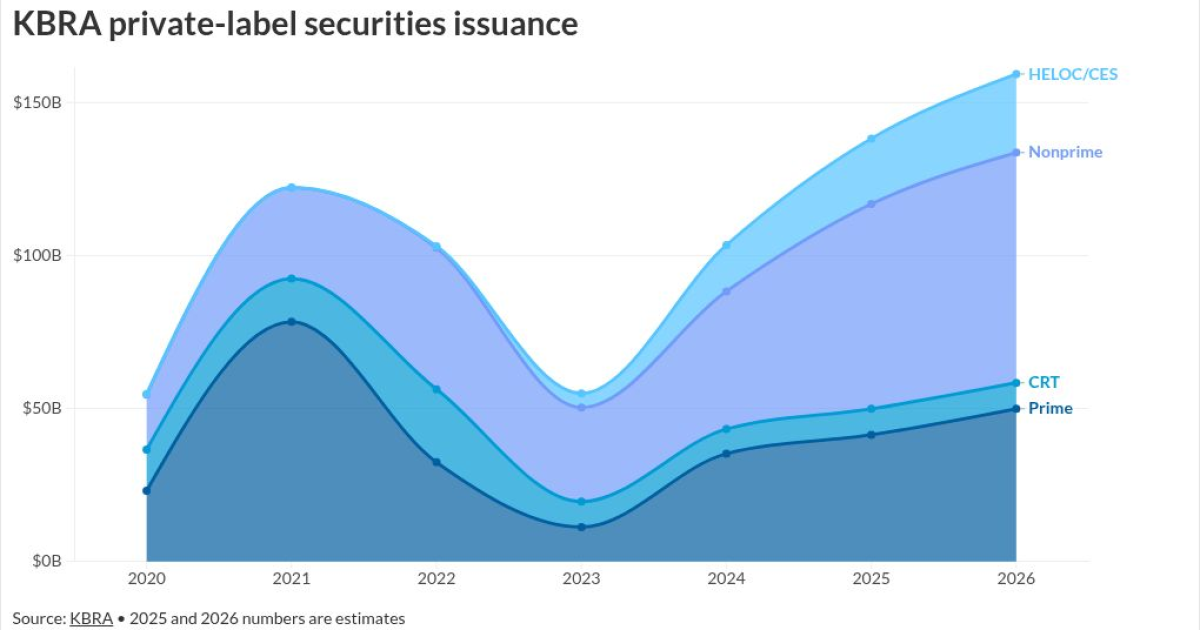
Servicers should anticipate a full range of borrower intervention scenarios just in case the market turns and today's
That's among the themes in a Research Institute for Housing America-funded study that defines drivers for distress based on past crises and suggests economic innovations directly addressing them. (The Mortgage Bankers Association backs RIHA, which provides grants for research.)
The report, "
The author, Fed advisor Joseph Tracy, highlights three types of issues: strategic default, where despite an ability to repay, the borrower stops due to negative equity in the property; an underwater loan plus an affordability challenge; and a financial concern coupled with a choice not to sell despite a strong home price.
With the first small but notable weakness in employment seen in some time manifesting in the
"We've had some unemployment increase this year. If things go awry now, most borrowers have positive equity in their homes," said Edward Seiler, RIHA's associate vice president for housing economics and executive director. The uptick's a reminder that could change, he acknowledged.
Tracy, who served as an advisor to the Federal Reserve Banks of New York and Dallas, notes in the report that industry must ultimately minimize loss when it draws up distress borrower interventions, not just think about foreclosure prevention.
Concepts he backs address that.
Innovations that both fill that bill and address some drivers of the three types of distressed borrower situations include measures like equity and insurance strategies, according to Tracy, who is currently a distinguished fellow at Purdue University's Daniels School of Business and a non-resident senior scholar at the American Enterprise Institute.
Among concepts in the report is one that would involve giving a borrower who owes more than the home is worth an option to swap debt for equity, for which Tracy likely drew on
Equity sharing could potentially allow borrowers to lower their debt to a level more in line with the house's market value in return for future appreciation. Even if the home did not appreciate, avoiding the strategic default could potentially be a better economic outcome for servicers.
This and some of the other concepts raised in the report have been floated before but haven't gone into widespread use.
In the past some challenges around automation were raised when it came to this particular innovation, but newer or future technology may make it more plausible.
Another idea floated in the report is that of an insurance policy that borrowers could pay for, potentially through a premium on their monthly mortgage payment, to cover short-term borrower hardships in the event one arises.
Tracy also suggests in the report that equity sharing could be incorporated into an alternative strategy for low-downpayment Federal Housing Administration-insured loans, which many first-time borrowers with limited financial resources utilize.
The strategy would involve the FHA contributing a 2:1 equity match to a home equity savings account for the borrowers with the aim of allowing the potential homeowners to make a 10% down payment on a home they can afford.
"The FHA could pilot this type of program to gain more experience on how it performs relative to a traditional low downpayment mortgage," Tracy said in the study.



